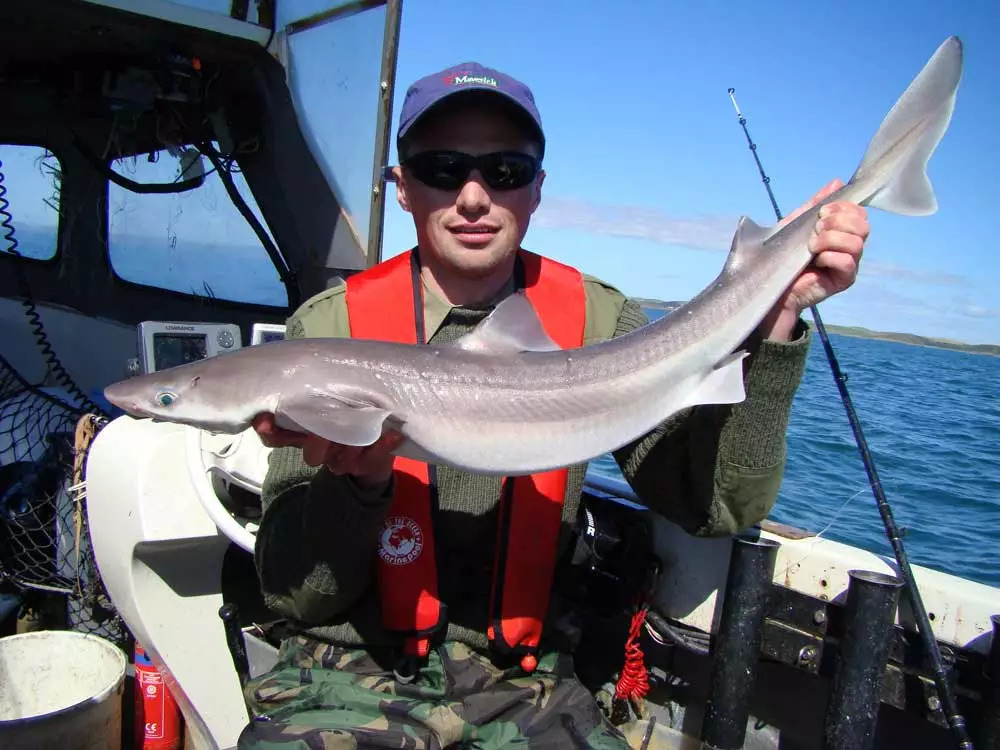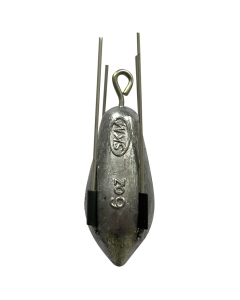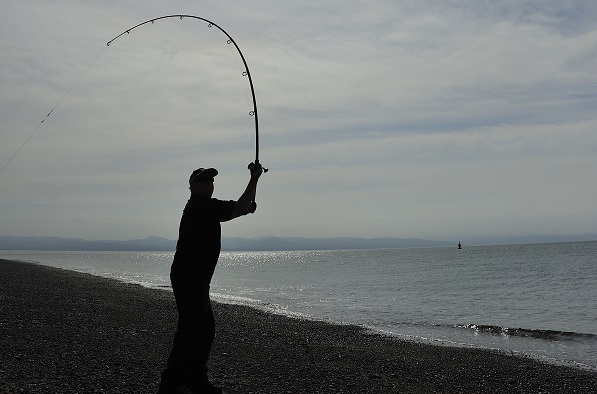Regular customer Neil with a 12lb Spurdog caught off the west coast of Scotland
How to fish for spurdog, also known as spiny dogfish or spurs, requires a bit of knowledge about their habitat, behavior and choosing the right approach. Here’s a guide to help you target these unique fish:
1. Understand Spurdog Behavior and Habitat
Habitat: Spurdogs are commonly found in both inshore and offshore waters, over sandy, muddy and rocky bottoms. They are more prevalent in temperate waters but can be found in a range of ocean environments.
Behavior: They often travel in schools, which can be fun since catching one often means there are more around.
Scottish Sea Loch Locations: Loch Etive, Loch Sunart are popular but most of the west coast of Scotland has this species.
2. Best Time for Spurdog Fishing
They are often found more abundant during the summer but can be caught in the depths of winter in deeper water 50 ft+. Early morning and late evening are typically good times to fish for spurdog species due to increased feeding activity.
3. Gear and Bait
Rod and Reel: A medium to heavy beachcaster rod with a fixed spool or multiplier sea fishing reel is suitable for spurdog, as they can put up a strong fight.
Line: Use a durable, abrasion-resistant line with a wire or heavy rubbing trace since spurdog have sharp teeth and a rough skin that can wear down weaker lines.
Hooks: Use strong 2/0 - 4/0 sharp hooks; circle hooks are a good choice for catch and release, reducing the risk of gut hooking.
Bait: Spurdog have a varied diet but are particularly attracted to oily fish such as mackerel, herring and squid fished hard on the bottom.
4. Fishing Technique
Bottom Fishing: Since spurdog are often found near the seabed, bottom fishing techniques are most effective.
Chumming: Using chum can attract spurdog to your area, especially if they are schooling nearby - however in summer months when they're feeding hard this may not be necessary.
Setting the Hook: Be ready for a strong initial run; spurdog are known for their spirited fight.
5. Safety and Conservation
Handling: Use caution when handling spurdog due to their sharp spikes, which can cause injury.
Conservation: Spurs have been overfished in some areas and may be subject to protection.
6. Additional Tips
Stay Patient: Finding and catching spurdog can take time, especially if you’re not familiar with their habits in your fishing area.
Local Knowledge: Speak with local fishermen or join a fishing forum specific to the area you’re planning to fish in for the latest tips and advice.
Before heading out, it's always a good idea to check the latest regulations and environmental considerations for spurdog fishing in your area to ensure sustainable and responsible fishing practices.









